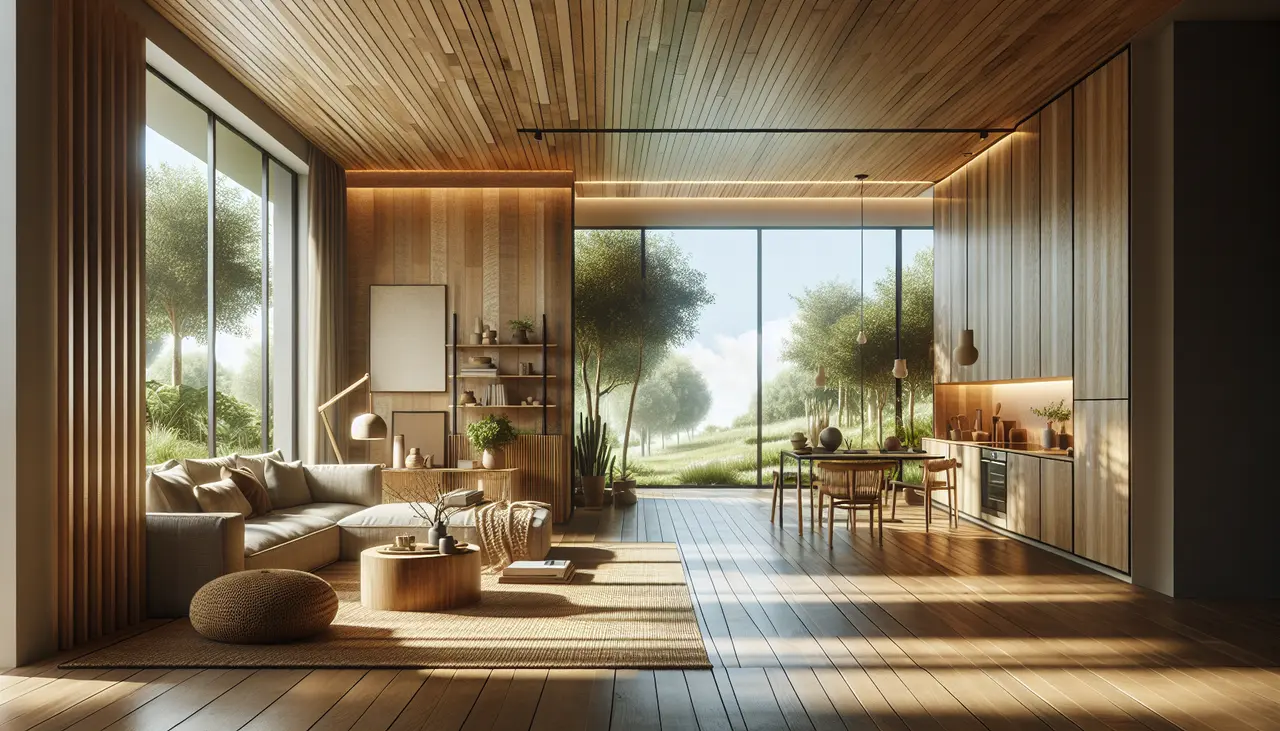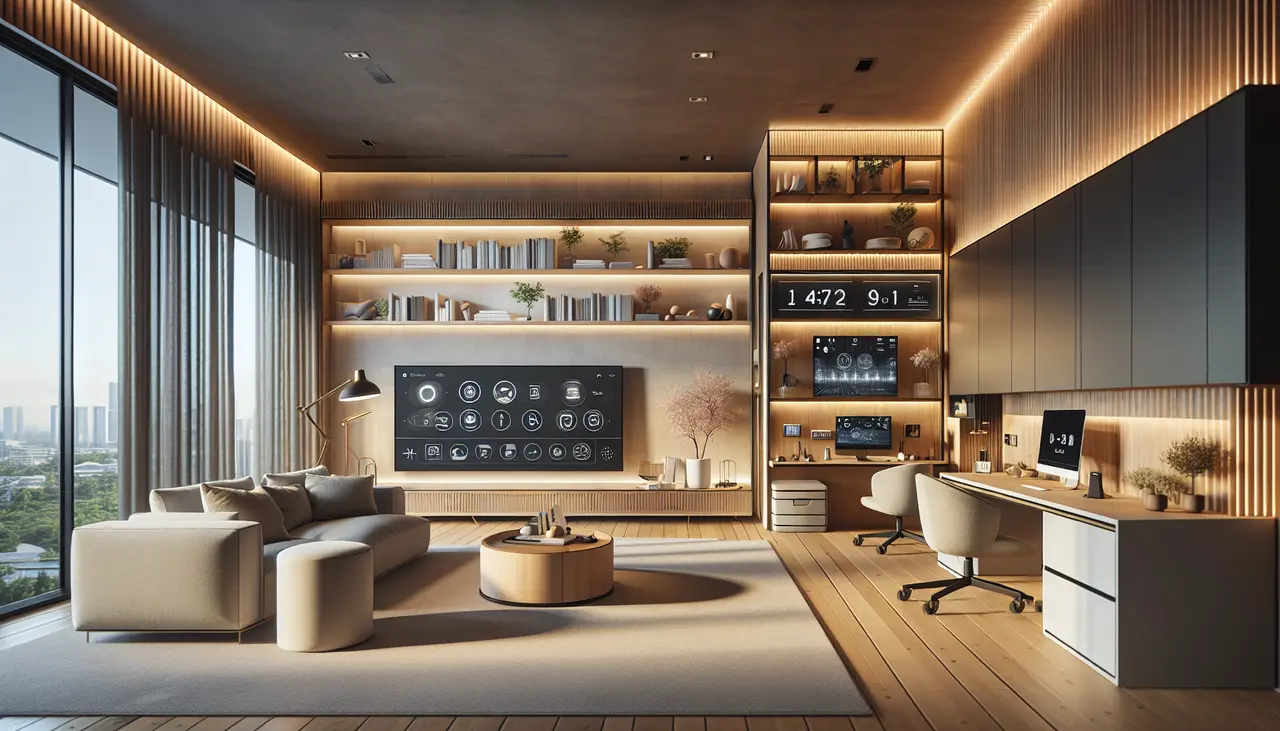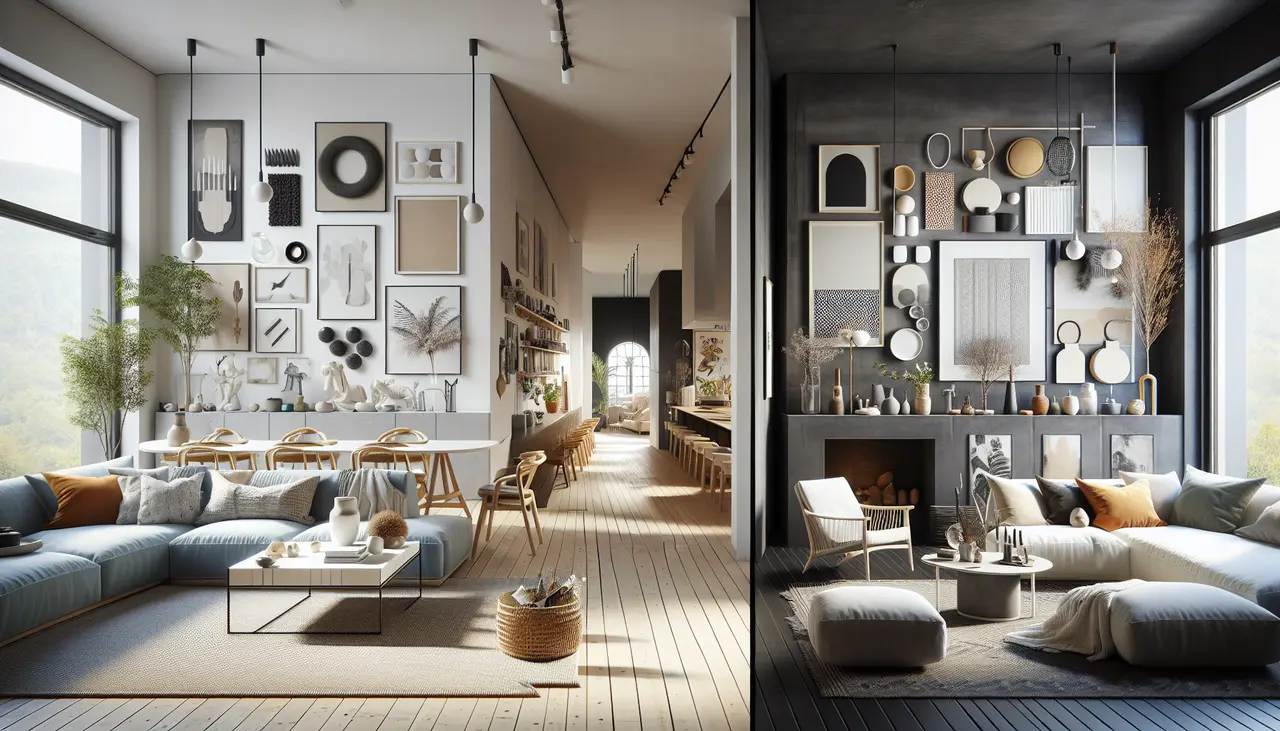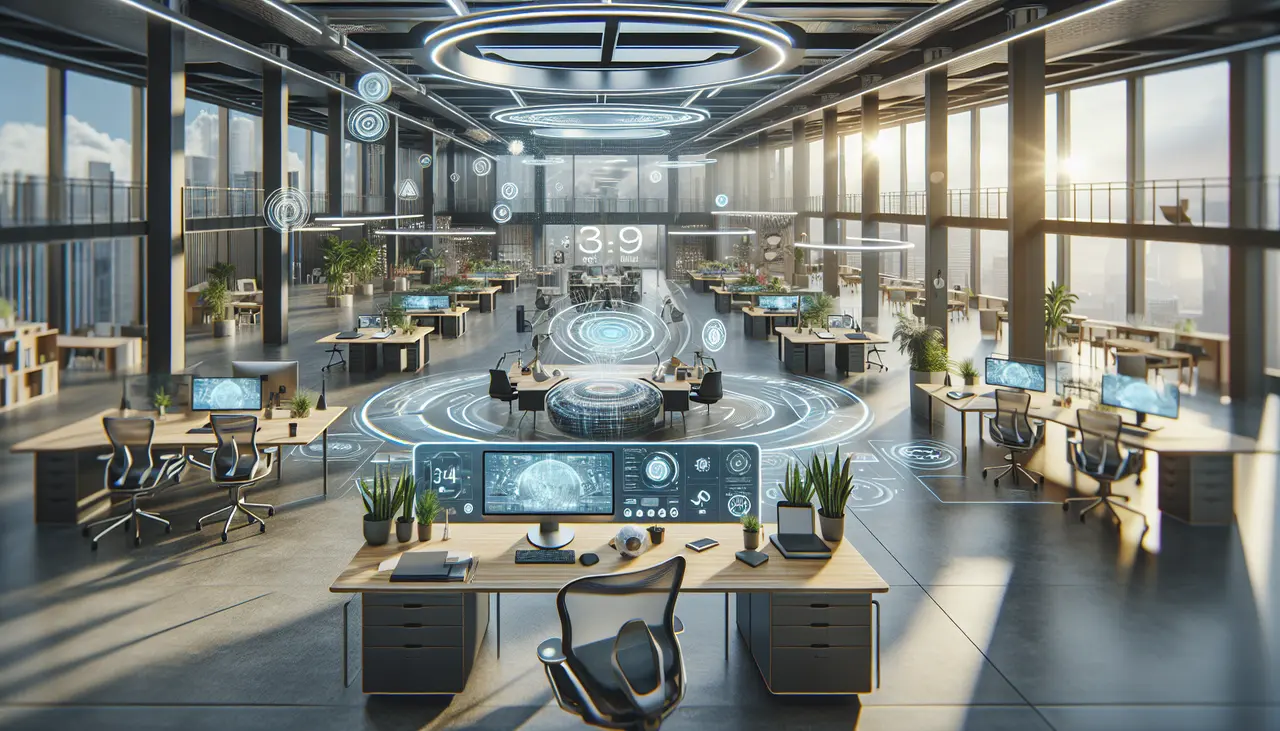In the ever-evolving world of interior design, staying abreast of current trends is crucial for both professionals and enthusiasts. This blog explores the cutting-edge styles and concepts being pioneered by leading international interior design firms. We’ll delve into the latest design ideas, innovative approaches, and the influence of global perspectives on contemporary interiors.
The Rise of Sustainable Design
Sustainability has become a critical consideration in modern interior design. Top international firms are increasingly focusing on eco-friendly materials, energy-efficient technologies, and sustainable practices to create not only beautiful but also environmentally responsible spaces. This shift towards green design is not merely a trend but a necessary evolution in response to global environmental challenges. Interior design leaders are harnessing innovative methods such as recycled and natural materials, promoting energy conservation, and fostering improved indoor air quality, all while maintaining aesthetic appeal. For instance, incorporating natural elements into interiors not only aids in reducing the carbon footprint but also enhances the well-being of the occupants.
Eco-friendly practices in interior design now go beyond just choosing sustainable materials. Firms are committed to holistic approaches that consider the entire lifecycle of a product, from its manufacturing to its eventual disposal. This perspective is pivotal for ensuring that designs contribute positively to both the environment and society. According to the latest industry standards, the inclusion of energy-efficient systems and smart lighting solutions—such as those that automatically adjust based on the time of day—is becoming increasingly common. Additionally, the restoration and repurposing of old furnishings offer sustainable alternatives to replacing them altogether, breathing new life into existing materials.
Incorporating Technology into Interiors
Technology is reshaping how we interact with our living spaces. From smart home systems to virtual reality, leading design firms are integrating advanced tech solutions to enhance functionality, convenience, and personalization in interiors. The integration of smart technology allows for seamless control over lighting, temperature, and security, providing homeowners with both comfort and efficiency. In commercial spaces, technology fosters collaboration and innovation, with interactive rooms and virtual meeting setups. Designers are using tools like augmented reality to visualize projects before executions, streamlining the design process and bringing ideas to life in a virtual environment. This approach not only aids in precise planning but also ensures that every aspect aligns with client visions and requirements.
The role of technology in interior design is also paving the way for enhanced customization, tailoring environments to individual preferences with a level of precision previously unseen. AI-driven systems analyze usage patterns to suggest layout optimizations, while digital interfaces allow for real-time adjustments in decor. As observed, the fusion of technology with interior design is a testament to how ancient concepts of space and functionality can be revolutionized through modern techniques, creating spaces that are not only visually appealing but also smart and intuitive. This cutting-edge amalgamation ensures that interiors remain relevant in a fast-paced, technologically advancing world.

The Influence of Global Cultures
Globalization has made it easier for designers to draw inspiration from various cultures worldwide. This exchange of ideas has resulted in unique and innovative designs that celebrate diversity, reflecting a blend of traditional and contemporary styles. The infusion of cultural motifs within modern interiors creates spaces that are rich in texture and story. Designers meticulously weave elements like intricate patterns, artisan crafts, and ethnic decorations into their creations, resulting in aesthetically profound spaces. The use of textiles, artworks, and colors that symbolize different cultures not only ensures a rich visual experience but also nurtures a multicultural appreciation in an otherwise homogenized world.
The influence of global cultures in interior design also extends to the functional use of space. Concepts such as the minimalism found in Japanese design, or the vibrant, eclectic mix seen in Moroccan interiors, are being adapted and translated to meet the needs of diverse global audiences. This cultural fusion challenges conventional design norms, welcoming experiments that harmonize the old with the new, the west with the east. As the world grows more interconnected, the appreciation for cultural nuances in design heightens, offering rich, colorful backdrops to daily life and encouraging a celebration of global diversity in every space crafted.
Minimalism Versus Maximalism
The debate between minimalism and maximalism continues to influence interior design trends. While some firms advocate for simplicity and clean lines, others embrace vibrant colors and eclectic mixes. Each approach offers distinct aesthetic and functional benefits. Minimalism champions the “less is more” philosophy, focusing on stripping away excess to create serene, clutter-free environments that highlight architectural elements and natural light. It often employs a neutral color palette and functional furniture, fostering a sense of calm and order.
Meanwhile, maximalism, on the other hand, is all about abundance—vivid patterns, bold colors, and diverse textures coexist together to create spaces that express individuality and exuberance. Designers advocating for maximalist interiors often emphasize personalization, portraying spaces as canvases of human expression. The juxtaposition of various styles and eras allows maximalist spaces to surprise and intrigue, engaging occupants and visitors alike. Deciding between these contrasting styles largely depends on personal preference and how one wishes to interact with their environment—whether through tranquil minimalism or dynamic maximalism.
The Future of Workspace Design
As remote work becomes more prevalent, design firms are reimagining the concept of workspaces. The focus is on creating flexible and adaptive environments that foster productivity and well-being, whether in home offices or corporate settings. Designing for future work includes incorporating elements of biophilia with greenery and natural light, which have been shown to improve concentration and morale. Offices are transforming into hybrid spaces that seamlessly blend areas for focused work with communal zones that encourage interaction and collaboration.
Incorporating user-centric designs and furniture that can easily be rearranged ensures that offices remain adaptable to changing working styles and demands. Moreover, workplace designs now prioritize inclusivity, ensuring spaces are accessible and comfortable for individuals with diverse needs. As technology continues to play a pivotal role in shaping how spaces are utilized, the future of workspace design will likely see an increased use of virtual and augmented reality elements, offering immersive experiences tailored to specific tasks or meetings. The evolution of workspace design underscores the importance of creating environments that are not only functional but also responsive to the emotional and psychological needs of their users.
Embracing Change in Interior Design
Trends in interior design are not just about what’s in vogue; they reflect a deeper understanding of lifestyle, culture, and technology. By observing the practices of top international firms, we gain insights into where the world of design is headed. Whether you’re seeking inspiration for your next project or simply wish to stay informed, appreciating these trends offers a valuable perspective on how spaces can transform and enhance our living experiences.
SOMETHING FOR EVERYONE
THE PIECES RACHEL RETURNS TO, AGAIN AND AGAIN








